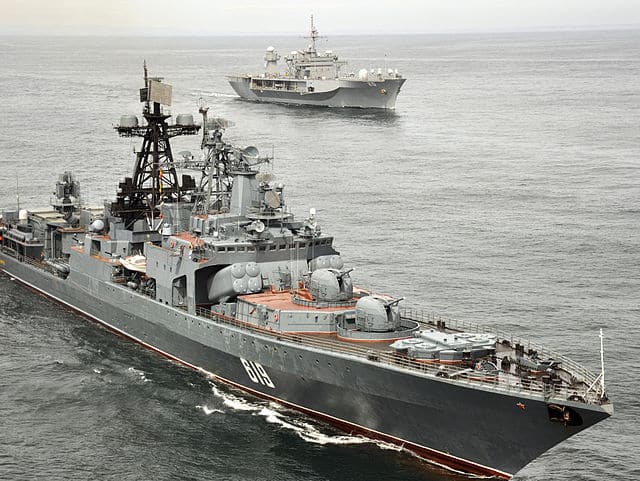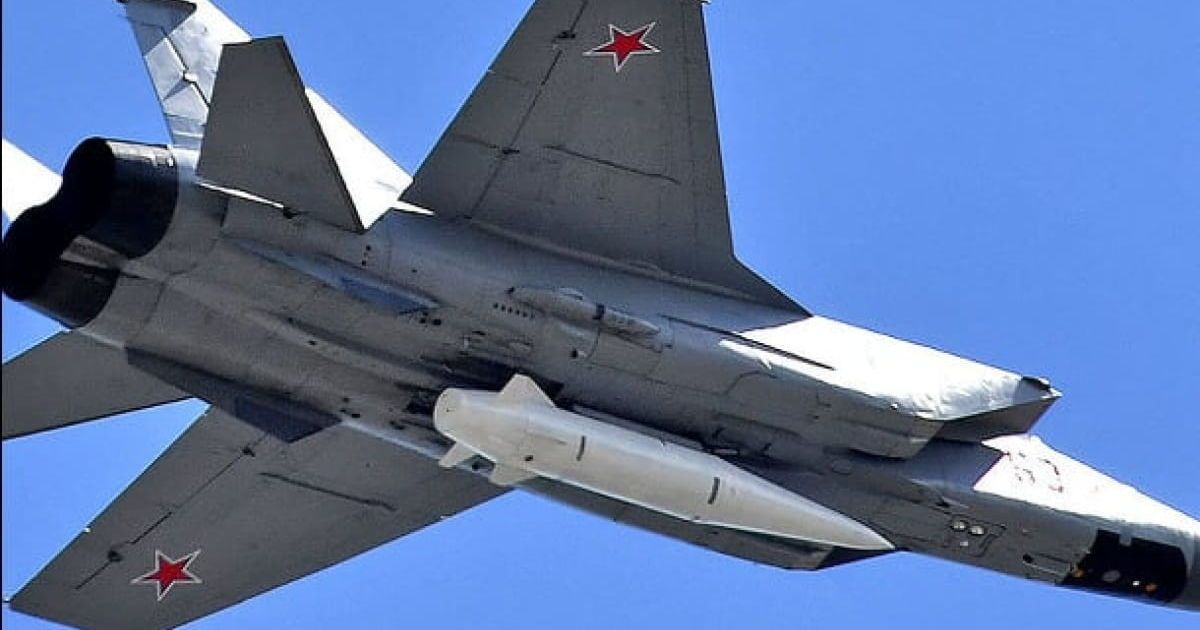Table of Contents
Russian air defense systems couldn’t handle a swarm of inexpensive Ukrainian drones. One UAV can take down an expensive missile carrier, so Moscow should be prepared for increased attacks on airfields near the border with Ukraine.
Counterintelligence operatives from the 13th Main Directorate of the Security Service of Ukraine launched a drone attack on the airfield in Kursk on the night of August 27. According to media reports, the drones hit four Russian Su-30 fighter jets and one MiG-29 jet, two Pantsir anti-aircraft missile systems, and the radar equipment of the S-300 complex.
Almost all of the drones reached their targets, and Russian air defense systems managed to intercept only three of them. Special service clarified that around the airfield area, at least 13 explosions were recorded.
The Russian authorities only reported on the drone hitting a multi-story building on Karl Marx Street in Kursk. The building is located 300 meters away from two military facilities: the 16th Separate Brigade of Electronic Warfare and the 3754th Central Aviation Technical Base of Military Unit No. 13830. There was no information about a massive drone attack on the objects in the Kursk region on the night of August 27.
Russian military bloggers wrote about the drone strike carried out by Australian UAVs from the company SYPAQ. These disposable drones are made from wax-soaked paper and rubber, making them practically invisible to enemy radar systems.
Cheaper than Shahed: drone destroys Kinzhal missile carrier
The tactic of the Ukrainian Armed Forces involving mass launches of inexpensive drones is effective in reducing Russia’s military potential, according to Colonel (Ret.) Vladislav Seleznev, a former spokesperson for the General Staff of the Ukrainian Armed Forces.
As the expert explains, it’s difficult to detect small targets in the air, especially since one UAV carrying 4-5 kilograms of explosives can destroy expensive missile carriers.
“Russia sends Iranian drones into residential buildings, while the Ukrainian Armed Forces target military objects. It’s important to identify the locations of the MiG-31K aircraft, carriers of the Kinzhal missiles, and Tu-22M bombers,” noted Seleznev in conversation with Focus magazine.
The Ukrainian army has adopted 25 types of drones into its arsenal. Drones from the SYPAQ company could be part of this list, and they are significantly cheaper than the Iranian Shahed kamikaze drones, the expert added.
Ukrainian military specialist in electronic warfare, Serhiy Bezkrestnov, known by the callsign Flash, explained to Focus magazine how drones flying in the air can be detected. According to him, radio reconnaissance tools operate based on the emissions from UAVs.
“If drones emit nothing, then one can only rely on air defense systems. Ukrainian strike UAVs, similar to Iranian Shahed drones, fly autonomously based on GPS coordinates. They emit nothing. The success of their mission depends on how effectively the flight path is programmed (altitudes and course changes). Another success factor is minimal visibility to radars. To achieve this, drones are designed with materials that minimize radar reflections, considering the shape of the body,” explained the specialist.
Russian military employs similar technologies against the Ukrainian Armed Forces; the war is essentially mirrored, added Bezkrestnov.
See also: Drone warfare: what kind of kamikaze drones are used by Ukraine and Russia?
How many drones from the Ukrainian Armed Forces reach targets in Russia?
According to The Economist, citing a source familiar with the development of the Ukrainian long-range UAV Morok, up to 40% of Ukrainian drones reach Russian targets.
Several Ukrainian military personnel, speaking anonymously, explained that drone attacks on Russian territory serve not only for psychological impact but are also part of a counteroffensive strategy.
“The drones are aimed at fuel depots, logistics, ammunition storage, and supply routes. We respond to requests from our brigades. They inform us of where Russian weapons are stored but are unable to hit the storage facilities and ask for our assistance. The majority of our recent operations have focused on airfields near the Ukrainian borders. This includes targeting a Tu-22M bomber near Novgorod,” stated the coordinator of drone launches along the Ukrainian military intelligence line, using the call sign Detectiv.
Drone operators receive intelligence information from Western partners. Allies provide details about the locations of Russian radars, electronic warfare complexes, and air defense systems.
Ukrainian drones targeted positions held by Russian troops in the village of Perevalne in occupied Crimea. Special operations forces struck targets belonging to the 126th Brigade of Coastal Defense of the Russian Black Sea Fleet.
One of the leading Russian propagandists, Margarita Simonyan, previously stated that a drone had fallen near her house for the second time. Russian experts have already acknowledged that Moscow will face drone attacks until the end of full-scale warfare.
Originally posted by Tymyr Savin on Focus. Translated and edited by the UaPosition – Ukrainian news and analytics website




